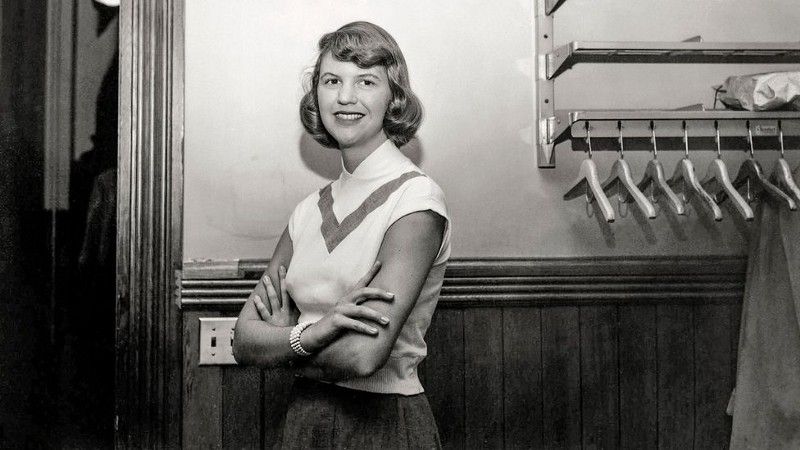How to Write Like Sylvia Plath: The Ultimate Guide

Sylvia Plath’s writing is known for its raw, emotional depth and vivid imagery. If you want to learn how to capture the same power in your own writing, this guide is for you.
Overview
- Understand Plath’s life and writing style
- Explore Plath’s use of language and imagery
- Develop your own unique voice and style
- Practice writing exercises inspired by Plath’s work
Imagine being able to tap into your deepest emotions and create writing that leaves readers spellbound. With these tips, you can learn to write like Sylvia Plath.
1. Understand Plath’s Life and Writing Style
Sylvia Plath was an American poet and novelist who is known for her confessional style of writing. Born in 1932, Plath struggled with depression throughout her life and ultimately took her own life at the age of 30. Her writing often deals with themes of death, betrayal, and isolation.
One of the key elements of Plath’s writing is her use of vivid imagery. She often uses sensory details to bring her experiences and emotions to life on the page. For example, in her poem “Lady Lazarus,” she writes: “Dying / Is an art, like everything else. / I do it exceptionally well.”
Another aspect of Plath’s writing is its emotional intensity. She was not afraid to dig deep and explore the darkest corners of her psyche, and her writing reflects this fearlessness.
2. Explore Plath’s Use of Language and Imagery
One way to learn to write like Sylvia Plath is to study her use of language and imagery. Pay attention to the specific words and phrases she uses, and how they contribute to the overall tone and mood of her work.
For example, in her poem “The Bee Meeting,” Plath uses words like “hive,” “cluster,” and “swarm” to create a sense of tight-knit community and cooperation among the bees. She also uses vivid imagery, describing the bees as “black furry globes” and the honey as “clear and golden as a gem.”
Another way to learn from Plath’s use of language and imagery is to try writing exercises that mimic her style. For example, try writing a poem or short story that uses sensory details to create a vivid picture for the reader. Or, try writing about a difficult emotion or experience in a raw, confessional style.
3. Develop Your Own Unique Voice and Style
While it’s important to study the work of writers you admire, it’s equally important to develop your own unique voice and style. Plath’s writing is powerful because it is deeply personal and authentic, and the same will be true of your writing if you allow yourself to be vulnerable and honest.
One way to develop your own voice is to write regularly and experiment with different styles and forms. Don’t be afraid to try new things and push yourself out of your comfort zone. As you write, pay attention to the words and phrases that come naturally to you, and use them to create a unique style that is all your own.
4. Practice Writing Exercises Inspired by Plath’s Work
To help you get started on your journey to writing like Sylvia Plath, try the following writing exercises:
- Write a poem using sensory details to create a vivid image for the reader.
- Write a short story or essay in a raw, confessional style about a difficult emotion or experience.
- Choose a line or phrase from one of Plath’s poems, and use it as the starting point for your own piece of writing.
By understanding Plath’s life and writing style, exploring her use of language and imagery, developing your own unique voice, and practicing writing exercises inspired by her work, you can learn to write like Sylvia Plath. Don’t be afraid to dig deep and tap into your emotions, and you may be surprised by the power of your own words.
Be sure to follow WriterBites on Medium for more helpful tips.